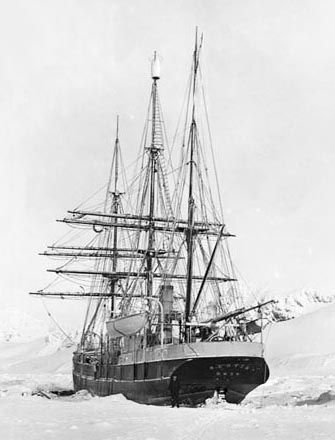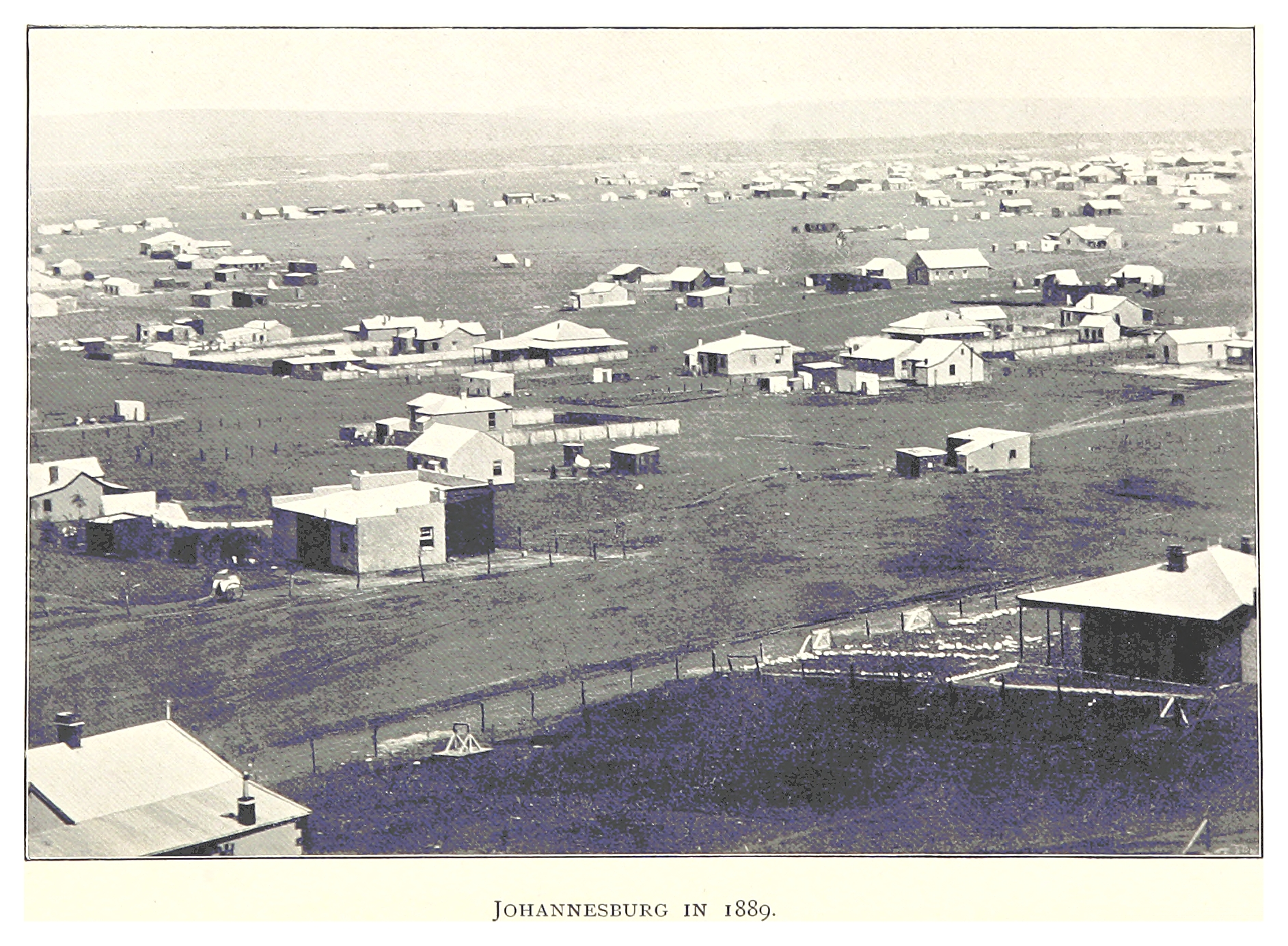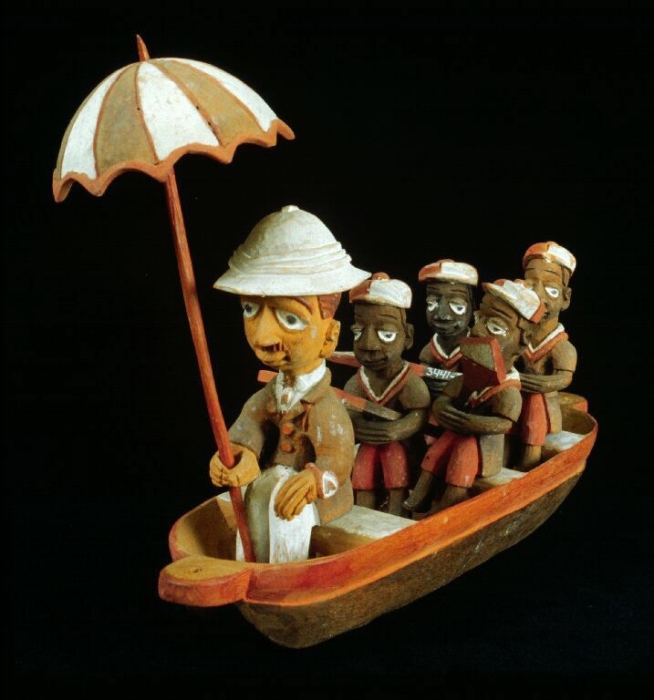|
Harvey Pirie
Dr James Hunter Harvey Pirie FRSE FRCPE (10 December 1878 – 27 September 1965"Dr. J.H. Harvey Pirie" in ''The London Philatelist'', Vol. 74, No. 876, December 1965, p. 223.) was a 20th-century British medical doctor, philatelist, orchid-grower and bacteriologist. Pirie named the bacterial genus ''Listeria'' in honor of Joseph Lister and the Pirie Peninsula is named after him. Cape Mabel was named after his wife. In authorship he is known as J. H. H. Pirie. Life He was born in Glasgow the son of Dr John Pirie of 26 Elmbank Crescent. Pirie was commissioned into the Royal Field Artillery as a second lieutenant on 28 March 1900, but resigned from the military later the same year. He earned his first medical degree at Glasgow University graduating MB ChB in 1902. From 1902 until 1904 he participated in the Scottish National Antarctic Expedition on the ex-whaling ship ''Scotia'', under William Speirs Bruce, Pirie acting as both surgeon and geologist. This involved spending th ... [...More Info...] [...Related Items...] OR: [Wikipedia] [Google] [Baidu] |
Scottish People
Scottish people or Scots (; ) are an ethnic group and nation native to Scotland. Historically, they emerged in the Scotland in the Early Middle Ages, early Middle Ages from an amalgamation of two Celtic peoples, the Picts and Gaels, who founded the Kingdom of Scotland (or ''Kingdom of Alba, Alba'') in the 9th century. In the following two centuries, Celtic-speaking Hen Ogledd, Cumbrians of Kingdom of Strathclyde, Strathclyde and Germanic-speaking Anglo-Saxons, Angles of Northumbria became part of Scotland. In the Scotland in the High Middle Ages, High Middle Ages, during the 12th-century Davidian Revolution, small numbers of Normans, Norman nobles migrated to the Lowlands. In the 13th century, the Norse-Gaels of the Kingdom of the Isles, Western Isles became part of Scotland, followed by the Norsemen, Norse of the Northern Isles in the 15th century. In modern usage, "Scottish people" or "Scots" refers to anyone whose linguistic, cultural, family ancestral or genetic origin ... [...More Info...] [...Related Items...] OR: [Wikipedia] [Google] [Baidu] |
Scottish National Antarctic Expedition
The Scottish National Antarctic Expedition (SNAE), 1902–1904, was organised and led by William Speirs Bruce, a natural scientist and former medical student from the University of Edinburgh. Although overshadowed in terms of prestige by Robert Falcon Scott's concurrent Discovery Expedition, the SNAE completed a full programme of exploration and scientific work. Its achievements included the establishment of a staffed meteorological station, the first in Antarctic territory, and the discovery of new land to the east of the Weddell Sea. Its large collection of biological and geological specimens, together with those from Bruce's earlier travels, led to the establishment of the Scottish Oceanographical Laboratory in 1906. Bruce had spent most of the 1890s engaged on expeditions to the Antarctic and Arctic regions, and by 1899 was Britain's most experienced polar scientist. In March of that year, he applied to join the Discovery Expedition; however, his proposal to extend that ... [...More Info...] [...Related Items...] OR: [Wikipedia] [Google] [Baidu] |
Johannesburg
Johannesburg ( , , ; Zulu language, Zulu and Xhosa language, Xhosa: eGoli ) (colloquially known as Jozi, Joburg, Jo'burg or "The City of Gold") is the most populous city in South Africa. With 5,538,596 people in the City of Johannesburg alone and over 14.8 million in the urban agglomeration, it is classified as a Megacity#List of megacities, megacity and List of urban areas by population, one of the 100 largest urban areas in the world. Johannesburg is the provinces of South Africa, provincial capital of Gauteng, the wealthiest province in South Africa, and seat of the country's highest court, the Constitutional Court of South Africa, Constitutional Court. The city is located within the mineral-rich Witwatersrand hills, the epicentre of the international mineral and gold trade. The richest city in Africa by GDP and private wealth, Johannesburg functions as the economic capital of South Africa and is home to the continent's largest stock exchange, the Johannesburg Stock Exchang ... [...More Info...] [...Related Items...] OR: [Wikipedia] [Google] [Baidu] |
South African Institute For Medical Research
The National Health Laboratory Service (NHLS) is a South African national government institution established in 2001. It was created by merging the South African Institute for Medical Research (SAIMR), the National Centre for Occupational Health and the National Institute for Virology. It also absorbed various provincial health department and university-run pathology laboratories. The NHLS is the diagnostic pathology service for the public sector in South Africa. A network of 265 laboratories service all public hospitals and clinics in the country. Divisions and subsidiaries Besides the network of pathology laboratories operated by the NHLS the institution also has a number of specialist divisions: National Institute for Communicable Diseases The National Institute for Communicable Diseases (NICD) was created by combining various structures inherited from the NHLS's parent organisations. The former National Institute for Virology was combined with the former SAIMR's specialist ... [...More Info...] [...Related Items...] OR: [Wikipedia] [Google] [Baidu] |
Kenya
Kenya, officially the Republic of Kenya, is a country located in East Africa. With an estimated population of more than 52.4 million as of mid-2024, Kenya is the 27th-most-populous country in the world and the 7th most populous in Africa. Kenya's capital and largest city is Nairobi. Its second-largest and oldest city is Mombasa, a major port city located on Mombasa Island. Other major cities within the country include Kisumu, Nakuru & Eldoret. Going clockwise, Kenya is bordered by South Sudan to the northwest (though much of that border includes the disputed Ilemi Triangle), Ethiopia to the north, Somalia to the east, the Indian Ocean to the southeast, Tanzania to the southwest, and Lake Victoria and Uganda to the west. Kenya's geography, climate and population vary widely. In western, rift valley counties, the landscape includes cold, snow-capped mountaintops (such as Batian, Nelion and Point Lenana on Mount Kenya) with vast surrounding forests, wildlife and ... [...More Info...] [...Related Items...] OR: [Wikipedia] [Google] [Baidu] |
Colonial Medical Service
The Colonial Service, also known as His/Her Majesty's Colonial Service and replaced in 1954 by Her Majesty's Overseas Civil Service (HMOCS), was the British government service that administered most of Britain's overseas possessions, under the authority of the Secretary of State for the Colonies and the Colonial Office in London. It did not operate in British India, where the same function was delivered by the Indian Civil Service (ICS), nor in the Anglo-Egyptian Sudan, which was administered by the Sudan Political Service (SPS), nor in the internally self-governing colony of Southern Rhodesia, which had its own civil service. History The British Government's overall responsibility for the management of the territories overseas in the early 19th century lay with successive departments dealing with the various colonies and "plantations", until in 1854 a separate Colonial Office was created headed by a Secretary of State for the Colonies. That office was not responsible for the terr ... [...More Info...] [...Related Items...] OR: [Wikipedia] [Google] [Baidu] |
David Waterston (anatomist)
David Waterston OBE FRSE (25 August 1871–4 September 1942) was a 20th-century Scottish surgeon and anatomist. He was the Bute Professor of Anatomy at the University of St Andrews. He was one of the first to debunk the Piltdown Man hoax, correctly pointing out that the jaw and skull did not match correctly. Life Waterston was born in Govan, Glasgow on 25 August 1871 the son of Isabella Anderson and her husband Rev Richard Waterston (1830-1892) of Union Church on Morrison Street. The family lived at 2 Park Grove on the Paisley Road. His father moved to St Paul's Church in Dundee in 1878. The family later lived at 2 Park Place in Dundee. He studied for a general degree at the University of Edinburgh, the home town of his parents, graduating with an MA around 1890. He then studied medicine under Sir William Turner graduating with an MB ChB in 1895. He then began lecturing in anatomy at the university alongside David Hepburn. He gained his doctorate (MD) in 1898, and won the ... [...More Info...] [...Related Items...] OR: [Wikipedia] [Google] [Baidu] |
Henry Littlejohn
Sir Henry Duncan Littlejohn MD LLD FRCSE (8 May 1826 – 30 September 1914) was a Scottish surgeon, forensic scientist and public health official. He served for 46 years as Edinburgh's first Medical Officer of Health, during which time he brought about significant improvements in the living conditions and the health of the city's inhabitants. He also served as a police surgeon and medical adviser in Scottish criminal cases. Early life and education Henry Littlejohn was born in Edinburgh on 8 May 1826 to Isabella Duncan and Thomas Littlejohn, a master baker of 33 Leith Street. He studied at the Perth Academy before attending the Royal High School, Edinburgh (1838 to 1841). He went on to study medicine at the University of Edinburgh, graduating in 1847. He became a Licentiate of the Royal College of Surgeons of Edinburgh in the same year. Medical and teaching career From 1847 to 1848, Littlejohn worked as a house surgeon at the Royal Infirmary of Edinburgh. After a short per ... [...More Info...] [...Related Items...] OR: [Wikipedia] [Google] [Baidu] |
Alexander Bruce (neurologist)
Alexander Bruce (1854–1911) was a Scottish surgeon, Neurology, neurologist and editor and publisher of ''The Review of Neurology and Psychiatry''. He was an early advocate of the now largely discredited use of electrotherapy in the treatment of mental health disorders. Life He was born in Ardiffery near Cruden, Aberdeenshire to Alexander Bruce and Mary Milne. He was educated at Chanonry School in Aberdeen. He attended the University of Aberdeen and then went on to the University of Edinburgh, finishing his studies in 1879. He worked as the resident neurologist an Edinburgh Royal Infirmary and then the West Riding Asylum in Yorkshire, before returning to Edinburgh Royal Infirmary where he remained for the rest of his working life. He was elected a Fellow of the Royal Society of Edinburgh in 1882 and received the Society's Keith Medal for 1905–7. He died at his home, 8 Ainslie Place, in Edinburgh's West End, on 4 June 1911. Memorials The Wellcome Museum of Anatomy and Path ... [...More Info...] [...Related Items...] OR: [Wikipedia] [Google] [Baidu] |
Daniel John Cunningham
Daniel John Cunningham, (15 April 1850 – 23 July 1909) was a Scottish physician, zoologist, and anatomist, famous for ''Cunningham's Text-book of Anatomy'' and ''Cunningham's Manual of Practical Anatomy''. Biography Cunningham was born in the manse at Crieff, the son of the John Cunningham (moderator), Very Rev John Cunningham (1819–1893) and of his wife Susan Porteous Murray. His father became Moderator of the General Assembly in 1886. Following education at Crieff Academy he studied medicine at the University of Edinburgh, where he qualified as Bachelor of Medicine and Master of Surgery (M.B. C.M.) with first-class honours in 1874 and attained his M.D. in 1876, receiving a gold medal for his thesis. From 1876 until 1882 he acted as a demonstrator for his professor at the university. After one year as Professor of Anatomy at the Royal College of Surgeons of Ireland (in Dublin) he moved to the chair of Anatomy at Trinity College, Dublin, which he held from 1883 to 1903 ... [...More Info...] [...Related Items...] OR: [Wikipedia] [Google] [Baidu] |
Royal Society Of Edinburgh
The Royal Society of Edinburgh (RSE) is Scotland's national academy of science and letters. It is a registered charity that operates on a wholly independent and non-partisan basis and provides public benefit throughout Scotland. It was established in 1783. , there are around 1,800 Fellows. The Society covers a broader range of fields than the Royal Society of London, including literature and history. The Fellowship includes people from a wide range of disciplines: science and technology, arts, humanities, medicine, social science, business, and public service. History At the start of the 18th century, Edinburgh's intellectual climate fostered many clubs and societies (see Scottish Enlightenment). Though there were several that treated the arts, sciences and medicine, the most prestigious was the Society for the Improvement of Medical Knowledge, commonly referred to as the Medical Society of Edinburgh, co-founded by the mathematician Colin Maclaurin in 1731. Maclaurin was u ... [...More Info...] [...Related Items...] OR: [Wikipedia] [Google] [Baidu] |
University Of Edinburgh
The University of Edinburgh (, ; abbreviated as ''Edin.'' in Post-nominal letters, post-nominals) is a Public university, public research university based in Edinburgh, Scotland. Founded by the City of Edinburgh Council, town council under the authority of a royal charter from King James VI and I, James VI in 1582 and officially opened in 1583, it is one of Scotland's Ancient universities of Scotland, four ancient universities and the List of oldest universities in continuous operation, sixth-oldest university in continuous operation in the English-speaking world. The university played a crucial role in Edinburgh becoming a leading intellectual centre during the Scottish Enlightenment and contributed to the city being nicknamed the "Etymology of Edinburgh#Athens of the North, Athens of the North". The three main global university rankings (Academic Ranking of World Universities, ARWU, Times Higher Education World University Rankings, THE, and QS World University Rankings, QS) ... [...More Info...] [...Related Items...] OR: [Wikipedia] [Google] [Baidu] |







